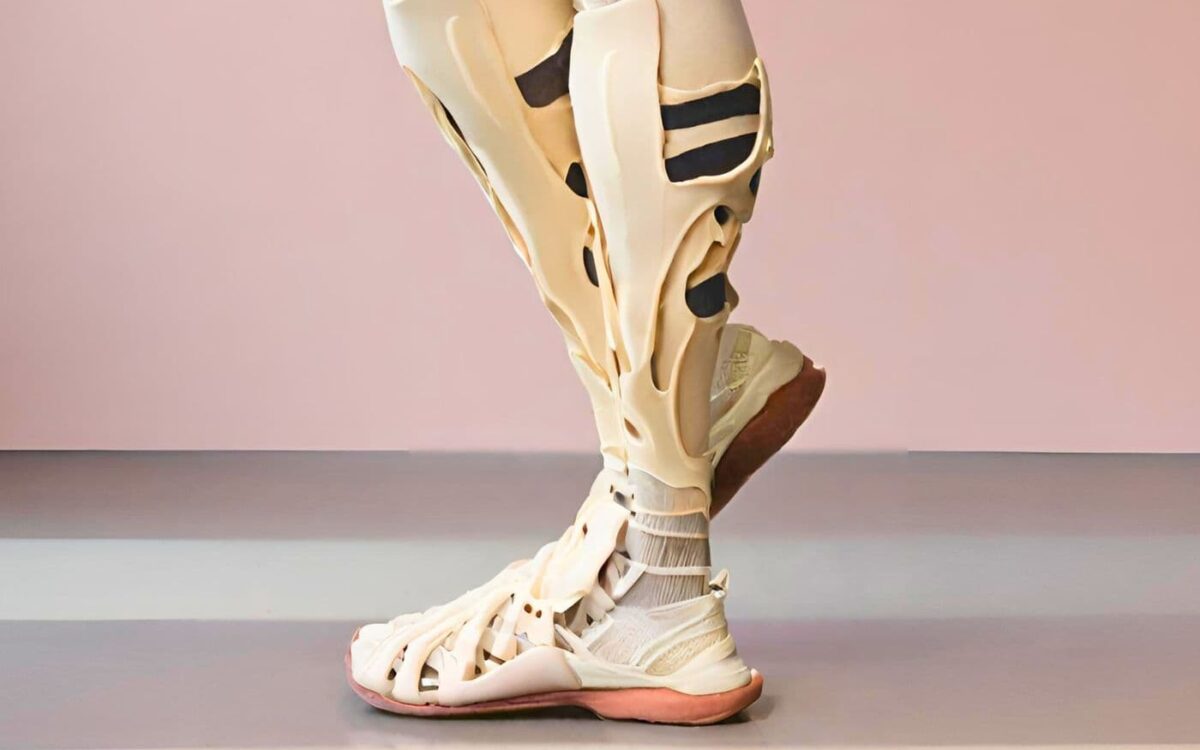Imagine a world where everyday tasks like walking, climbing stairs, or even holding a cup of coffee become challenging due to an injury or disability. This reality is faced by many individuals globally. Custom orthotics and prosthetics are carefully designed devices that address a wide range of needs. From supporting weakened limbs to replacing missing ones, these solutions play a crucial role in restoring function, mobility, and ultimately, independence. Let’s delve deeper into how these remarkable innovations are transforming lives.
Tailored Support: A Range of Orthotic and Prosthetic Solutions
The world of orthotics and prosthetics encompasses a diverse range of solutions designed to address specific needs and challenges. Here, we explore some of the major categories:
- Lower Limb Prosthetics: These artificial limbs replace missing legs below the knee, above the knee, or at the hip joint. They are crafted from various materials like carbon fiber and titanium, offering varying levels of functionality and cosmetic appearance.
- Upper Limb Prosthetics: Designed to replace missing arms or hands, these innovative solutions come in various forms, including body-powered, mechanically-powered, and even myoelectric prosthetics that respond to electrical signals from muscles.
- Spinal Orthoses: These braces provide support and stability to the spine, aiding in correcting posture, managing pain, and promoting healing after injuries or surgeries.
- Ankle-Foot Orthoses (AFOs): These braces support the ankle and foot, helping individuals with conditions like weakness, instability, or drop foot regain proper gait and improve mobility.
- Wrist and Hand Orthoses: These devices support the wrist and hand, assisting with conditions like carpal tunnel syndrome, arthritis, or post-surgical recovery.
This list is not exhaustive, but it highlights the diverse ways orthotics and prosthetics can be tailored to individual needs.
Embracing Movement and Activity: Rehabilitation and Beyond
While orthotics and prosthetics provide crucial support, they are not the only piece of the puzzle. Rehabilitation plays a vital role in maximizing the benefits of these devices and achieving optimal outcomes. Physical and occupational therapists work hand-in-hand with individuals to:
- Relearn or strengthen skills: This may involve practicing walking patterns, regaining upper body strength, or fine motor control.
- Adapt to new mobility: Therapists help individuals adjust to using their orthotics or prosthetics in various situations, ensuring seamless integration into daily life.
- Build confidence: The rehabilitation process fosters confidence and empowers individuals to overcome challenges and embrace their new level of mobility.
The positive impact extends beyond physical capabilities. Increased activity and participation in everyday life can significantly improve mental well-being. Engaging in physical activities like exercise or hobbies can boost self-esteem, reduce stress, and promote a sense of accomplishment.
Finding the Right Fit: Choosing a Qualified Professional
Navigating the journey towards regaining independence requires collaboration with qualified professionals. When seeking orthotic and prosthetic care, it’s crucial to choose reputable providers who possess the expertise and experience to address your specific needs.
The healthcare team involved in this process may include:
- Orthotist: This medical professional specializes in designing, fabricating, and fitting custom orthotic devices. They work closely with patients to understand their unique needs and create the most effective solution.
- Prosthetist: Similar to an orthotist, a prosthetist focuses on artificial limbs. They assess individual requirements, recommend suitable prosthetic options, and ensure proper fitting and adjustment.
- Physical Therapist: As mentioned earlier, physical therapists play a critical role in rehabilitation. They guide individuals through exercises and activities to help them adapt to their orthotics or prosthetics and maximize their mobility.
Clear communication and collaboration are essential throughout the process. Choosing a provider who listens attentively to your concerns, answers your questions thoroughly, and works collaboratively with the entire healthcare team is paramount.
Seeking referrals from your doctor or physical therapist can be a helpful starting point in finding qualified orthotic services. Online resources from reputable organizations like the American Orthotic and Prosthetic Association (AOPA) can also provide valuable information and connect you with local providers.
Conclusion
Living life to the fullest shouldn’t be hindered by limitations. Orthotics and prosthetics stand as testaments to human ingenuity, offering innovative solutions that empower individuals to regain control and participate actively in life.
Whether it’s overcoming an injury, managing a chronic condition, or adapting to a disability, these remarkable advancements cater to individual needs and preferences. Custom orthotics and prosthetics provide the support and functionality needed to restore mobility, enhance independence, and improve overall quality of life.
